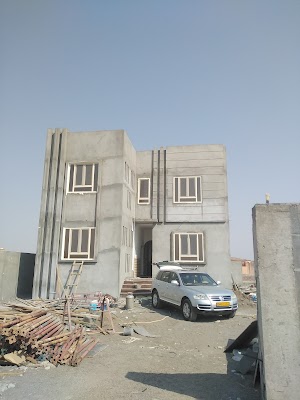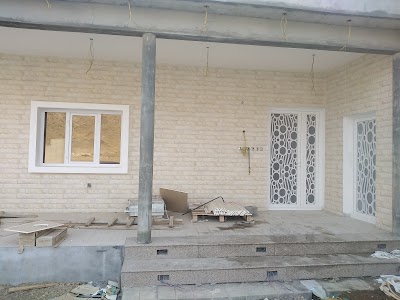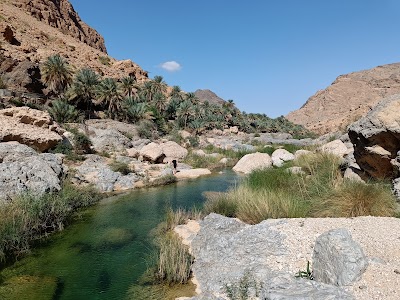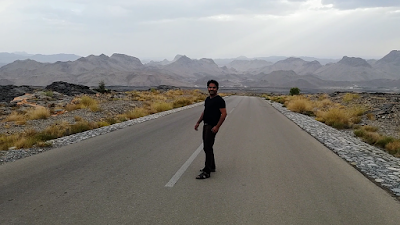Fort of Al Hazm (حصن الحزم)
Related Places
Overview
Nestled in the charming town of Al Hazm in the Ash Sharqiyah North region of Oman, the Fort of Al Hazm stands as a magnificent testament to the country’s rich history and architectural grandeur. Constructed in 1708 during the reign of Imam Sultan bin Saif Al Ya’rubi, this fortress not only served as a pivotal military stronghold but also embodies a remarkable piece of Omani heritage.
As you approach the fort, you can appreciate its architectural brilliance, which harmoniously blends defensive might with aesthetic appeal. The sturdy stone walls, adorned with crenellations and formidable watchtowers, were strategically designed to withstand invasions while safeguarding the inner sanctum. Exploring the fort reveals intricacies in its design, from cleverly concealed traps and hidden passages to elegant arches and intricately carved wooden doors that add a touch of elegance to its rugged structure.
One of the fort’s most distinctive features is its grand wooden entrance door, intricately carved and embellished with metal studs, showcasing the exquisite craftsmanship of Omani artisans. Upon entering, visitors are welcomed by a spacious courtyard framed by high walls and living quarters, offering a glimpse into the daily lives of the inhabitants. The multiple floors of the fort house a variety of rooms, including residential quarters, storage areas, and even a prison, each holding its unique story and historical significance.
The Fort of Al Hazm serves not only as an architectural marvel but also as a repository of Omani culture and history. It functioned as both a defensive bastion and a center of governance, reflecting the dual role many such forts played in Oman’s historical narrative. Within its walls, crucial decisions were made, and strategies were devised to protect and manage the region.
Among the highlights of the fort is the mosque, which retains its original wooden ceiling beams and prayer niches, meticulously preserved within the fort’s premises. This mosque is unique in that it was designed to blend seamlessly with the overall structure, creating a serene space for worship amidst a fortress built for war.
For foreign tourists, the Fort of Al Hazm offers an intriguing journey into the past. Walking through its halls, one can almost hear the echoes of history—the clatter of swords, the solemn prayers, and the daily hustle of life within the fort. Informative plaques and guided tours enrich the experience, helping visitors delve deeper into the fort's stories and significance.
Surrounded by lush landscapes, the fort provides picturesque views that contrast beautifully with its formidable architecture. Its proximity to other attractions in Ash Sharqiyah North, such as wadis and traditional souks, makes it easy to include in a broader itinerary exploring the rich heritage and natural beauty of Oman.
A noteworthy aspect of the fort is the underground passages that run beneath its surface. These secretive tunnels were ingeniously designed for various purposes, including concealing movements during sieges and ensuring a steady water supply—features that underscore the advanced engineering skills of Omani builders of the time.
Visitors will find that the fort is not merely a relic of the past but a well-preserved historical site, undergoing continuous preservation efforts to maintain its structural integrity and historical authenticity. This commitment ensures that the fort remains a true reflection of Oman's architectural ingenuity and strategic prowess.
In conclusion, the Fort of Al Hazm is more than just a historical monument; it is a hallowed repository of Omani cultural heritage and military ingenuity. Offering fascinating insights into the country’s past, it provides a tangible connection to the bygone eras of Oman’s history. Foreign tourists visiting the Fort of Al Hazm will leave with not only vivid memories and stunning photographs but also a profound appreciation of Oman’s historical resilience, architectural brilliance, and cultural depth.







